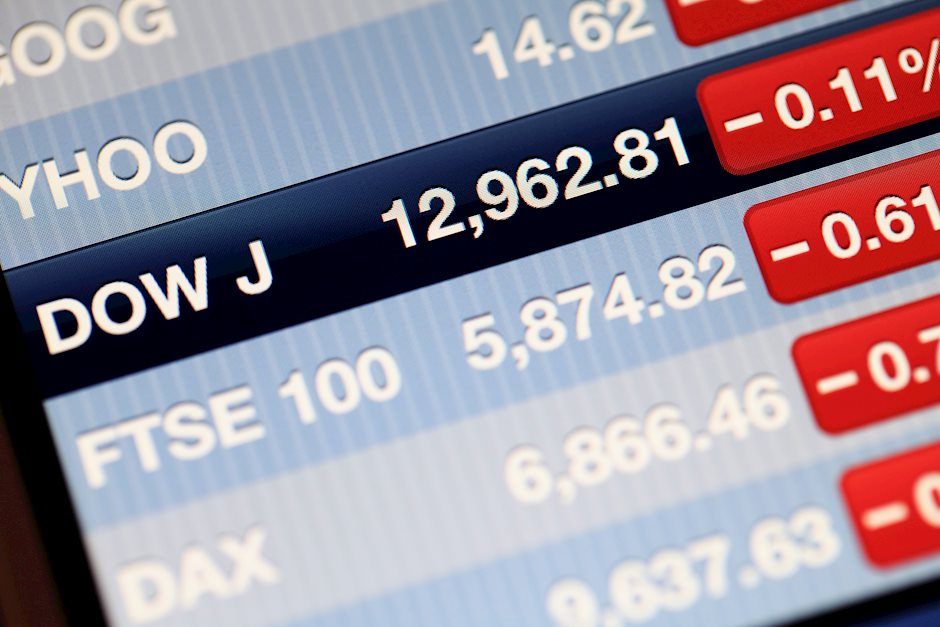BP share price slips on cautious outlook

Today’s Q1 numbers from BP will inevitably prompt the usual cacophony of quarterly pearl-clutching from politicians and activists about “obscene” profits being made by the oil and gas companies.
This of course overlooks the fact the role these same politicians have played in the current energy crisis over the last over the last 20 years which has prompted energy prices to rise in the manner that they have, thus causing the problems we are facing now.
While banging on about implementing even harsher windfall taxes appeals to their political base, we've already seen in the last few months the damage the tax has done when it comes to investing in new transitional capacity, with UK based Harbour Energy announcing job losses in Aberdeen, cancelling future investment plans, and various other oil and gas companies in the UK doing the same thing.
Today's Q1 numbers from BP have seen a fall in quarterly profits due to the lower oil and gas prices we’ve seen over the past few months, nonetheless we've still seen another strong quarter of revenues and profits.
It’s also important to remember that last year the profit attributable to shareholders saw the company slide to a $2.48bn loss when the Rosneft write-down costs were taken into account.
Q1 revenues came in at $56.2bn comfortably beating forecasts, while underlying replacement cost profits edged up to $4.96bn, a modest increase from Q4’s $4.8bn, but below last year’s $6.24bn.
Profits attributable to shareholders came in at $8.2bn a sharp improvement on the $20.8bn loss from the same quarter a year ago when BP wrote down the value of its Rosneft stake.
Earlier this year BP also announced a change to the way it allocates its capital spending, saying that it would be splitting its investment for this year of between $14bn and $18bn between “transition growth engines” and oil and gas, with spending of up to $8bn a year.
At a time when big oil companies have come under increasing scrutiny over their investment in renewables, this is welcome given that historically renewables spending has been a very small percentage when it comes to total capex.
The wider question is how BP defines its “transition growth engines” given that LNG could easily be described as a transition energy source, given it is cleaner than coal and oil.
The hope is that research and development into hydrogen and other biofuels as clean energy sources will start to advance more rapidly due to the limitations around battery technology.
Capex in Q1 was $3.6bn, a sharp fall from the $7.3bn in Q4, but well above Q1 last year at $2.9bn, with the company saying it expects to deliver on full-year capex of between $16bn and $18bn.
BP also announced that it was buying back another $1.75bn worth of shares and a dividend of 6.61c a share.
Net debt also fell modestly to $21.2bn from $21.4bn.
Three months ago, we also saw the first signs that oil companies were pushing back on the prevailing narrative of no new capacity by saying that new gas resources will be needed to help the energy transition and keep energy prices low.
Last month BP reinforced that by bringing a new platform, Mad Dog Phase 2, online in the Gulf of Mexico, while saying it plans to continue to boost oil and gas production capacity further.
It also signed an agreement to take a 40% stake in the Viking carbon capture and storage project in the North Sea and is also investing in hydrogen and CCS projects in the north east of England.
The new platform in the Gulf of Mexico inevitably prompted howls of protest from the usual suspects who tried to disrupt the company’s recent AGM but doesn’t change the reality that demand continues to outstrip supply, and until that changes the economic imperative will be remain geared towards increasing output to help keep a lid on prices.
BP’s oil and gas trading business helped to generate the profits outperformance this quarter however the company was slightly more downbeat about the outlook saying that it expects oil and gas production to be lower due to seasonal maintenance, as well as a squeeze on margins, especially in refining.
This cautious outlook appears to be weighing on the shares in early trading, although BP has said it remains confident it can deliver on its target to deliver share buybacks of $4bn a year, based on an oil price of $60 a barrel.
Author

Michael Hewson MSTA CFTe
Independent Analyst
Award winning technical analyst, trader and market commentator. In my many years in the business I’ve been passionate about delivering education to retail traders, as well as other financial professionals. Visit my Substack here.

















